From the Editor’s Desk
Printed in the Summer 2017 issue of Quest magazine.
Citation: Smoley, Richard, "From the Editor’s Desk" Quest 105:3(Summer 2017) pg. 2
Warning: you may find the material in this editorial extremely disturbing. I know I do.
Disturbing news about the earth—we have had so much of it that we have grown numb. News sources insist that climate change, pollution, and species extinction are proceeding faster than even the gloomiest pessimists had feared. The human race has had such an impact on the planet that some scientists say we live in a new geological age—the Anthropocene or “new human” age.
What, then, is our relation to nature and to the earth? Here is the standard dogma: nature, pure, pristine, innocent, was doing fine on its own until the human race began to monkey with it (starting with the Industrial Revolution). We humans are an intrusion upon nature and are ravaging it. Some even say that we would be doing the planet a favor by making ourselves extinct.
An assumption underlies this view: that there is a line. On one side of this line is something called “nature,” and on the other side of it is the human race. We humans have drawn this line ourselves. We have cut ourselves off from nature so radically that we are like a cancer growing on it.
This thinking goes back to the Greeks in the fifth century BC, who drew a distinction between nature (phúsis) and convention (nómos). In essence it draws the very line that I have just spoken of. There is the way things are naturally, and then there are the arbitrary conventions, including laws and customs, that humans set up. In other words, there is nature, and then there is us.
This idea still shapes our thinking in ways beyond our imagining. But beyond a certain point it may not be useful. Why, for example, should an anthill be considered part of nature whereas an apartment building shouldn’t?
Another, fairly new, concept is the Gaia hypothesis, which says the earth is a living, self-regulating entity. If this is true, where do we humans stand vis-à-vis Gaia? Are we an aberration, a maverick of the ecosystem that has gotten out of hand and will soon be curbed? Or do we have some other, more mysterious relation to this cosmic being?
Even slight acquaintance with geology and biology and paleontology leaves one overriding impression: that the earth’s changes over millions of years have been brought about by cataclysms: meteorites, climate change, the rise and subsidence of major land masses.
If this is the case, and if Gaia is a self-regulating entity, it follows that cataclysms are part of this regulating process. Could it be that human-caused climate changes today are serving some purpose of the earth’s that we do not understand?
As I warned you, this is a disturbing idea. In the first place, it could serve as a license for anything: if pollution and desertification are part of a natural process, then we need do nothing about them; actually we are helping nature along.
In the second place, it would mean that we have no idea of our own ultimate role in the ecosystem. It could be that we are doing something useful from the earth’s point of view, but we are as unaware of it as a bug on a leaf.
Finally, if we view the planet’s history over the geological ages, we see that individual species are little more than blips on a screen. They come and go. They appear to serve, or reflect, some larger purpose, but they have no great value in themselves. We could be, very likely are, just one more of those species. We could be tossed aside once our job is done.
Many esoteric doctrines, including Theosophy, hold that the human race is evolving through many stages, of which physical reality is but one and by no means the most important. Similarly the earth itself is evolving: you never step on the same earth twice. What is the relation between the two? Are we merely a side-effect of the earth’s evolution? If not, do the directions of human evolution and planetary evolution converge or conflict?
It’s useful to ponder on questions of such magnitude, but probably not so useful to jump to conclusions about the answers. My own intuition is that the human race is a collective, self-regulating entity, just like Gaia. It is known under many names: Adam Kadmon, Purusha, the maximus homo or “universal human” of Emanuel Swedenborg. It is moving in a trajectory of which we have little grasp: even the Theosophical concept of Root Races and Rounds is probably only a rough and approximate schematization. At this point the human level of consciousness coincides with this plane: that of life on earth. At some future point its level of consciousness will rise above this to another one, and, for us, the earth will be no more. It is not that the earth will cease to exist. It is rather that the human race and the earth will no longer vibrate on the same frequency, and they will go their separate ways.
The Orphic hymn may be alluding to such an idea when it has the recently deceased initiate proclaim, “I am a child of earth and starry heaven; but my race is of heaven.”
Of course, none of this has any bearing on current realities, including the need to cultivate our earthly garden while we are living in it. I often think that what the human race really needs right now is simply a Big Momma who says, “This place is a pigsty. Clean it up.”
Richard Smoley


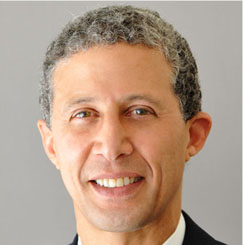 My father lived to the ripe old age of ninety-two. Except for his hearing, which eventually required him to turn up the television volume to the maximum and use a phone device that both flashed a light and made the phone ring loudly, he was in full possession of all his faculties. Toward the end of his life, he developed a habit which caused my almost equally aged, but totally active, mother some annoyance. After reading the daily newspaper or fiddling with one thing or another, he would sit for periods of time simply looking off into space. My mother is a great believer that the precious gift of time should be properly used, so when she would see him sitting idly, she frequently told him that he should get up and do something. True to the dynamics of a couple who had been married for more than sixty years, my father on more than one occasion complained to me that my mother did not understand. He was not just sitting idly, looking off into empty space. At the close of a rich life, filled with accomplishments, trials, failures, and friendships that spanned the globe and nine decades, in these apparently idle moments he said he was “remembering,” and that it was hard for my mom to realize how intensely active he was at those moments. He talked about the pleasure, the understanding, and the sometimes painful but purifying experience that flowed from calling up and reliving these memories with the benefit of the clarifying distance that time provides. For him it was joyful inner activity.
My father lived to the ripe old age of ninety-two. Except for his hearing, which eventually required him to turn up the television volume to the maximum and use a phone device that both flashed a light and made the phone ring loudly, he was in full possession of all his faculties. Toward the end of his life, he developed a habit which caused my almost equally aged, but totally active, mother some annoyance. After reading the daily newspaper or fiddling with one thing or another, he would sit for periods of time simply looking off into space. My mother is a great believer that the precious gift of time should be properly used, so when she would see him sitting idly, she frequently told him that he should get up and do something. True to the dynamics of a couple who had been married for more than sixty years, my father on more than one occasion complained to me that my mother did not understand. He was not just sitting idly, looking off into empty space. At the close of a rich life, filled with accomplishments, trials, failures, and friendships that spanned the globe and nine decades, in these apparently idle moments he said he was “remembering,” and that it was hard for my mom to realize how intensely active he was at those moments. He talked about the pleasure, the understanding, and the sometimes painful but purifying experience that flowed from calling up and reliving these memories with the benefit of the clarifying distance that time provides. For him it was joyful inner activity.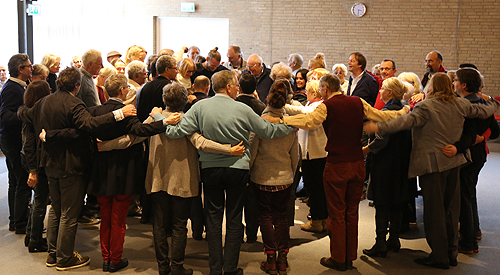
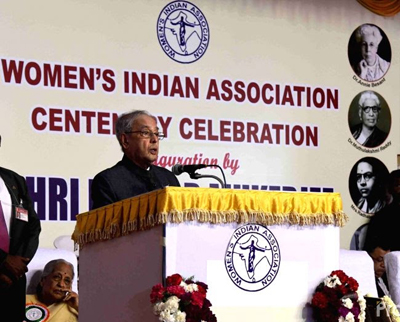
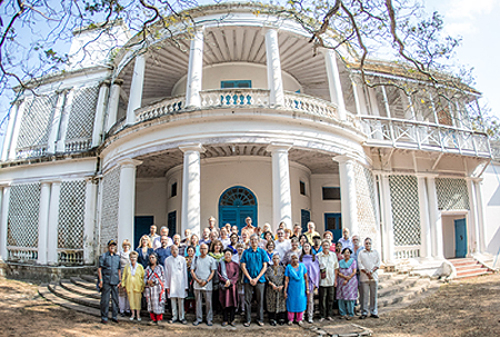
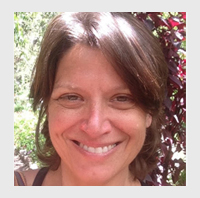 Light-headed, I was struck by the intense energy that came up under my foot, through my leg, and up to my head. I stayed standing, mostly steady, while the teacher’s arms caught my neighbor before she collapsed. I felt the heat. The three of us, with one foot each on the bundle of flowers and leaves beneath, were called from the class of eighty, gathered in a room in Utah’s Wasatch Range of the western Rockies, to cleanse more deeply. I, along with the others, had blown my prayers into a set of three dried bay leaves as our teacher guided us in this earthkeepers’ ceremony, known as kuti despacho, born long ago in the Andes Mountains of South America.
Light-headed, I was struck by the intense energy that came up under my foot, through my leg, and up to my head. I stayed standing, mostly steady, while the teacher’s arms caught my neighbor before she collapsed. I felt the heat. The three of us, with one foot each on the bundle of flowers and leaves beneath, were called from the class of eighty, gathered in a room in Utah’s Wasatch Range of the western Rockies, to cleanse more deeply. I, along with the others, had blown my prayers into a set of three dried bay leaves as our teacher guided us in this earthkeepers’ ceremony, known as kuti despacho, born long ago in the Andes Mountains of South America.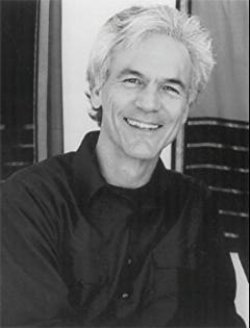 When the twentieth-century astronomer Edwin Hubble began watching the galaxies, he discovered that the galaxy clusters were moving away from us in all directions. This leads us to the startling conclusion that, in terms of cosmic expansion, we find ourselves at the center of the cosmos. This is indeed a strange and most unexpected development.
When the twentieth-century astronomer Edwin Hubble began watching the galaxies, he discovered that the galaxy clusters were moving away from us in all directions. This leads us to the startling conclusion that, in terms of cosmic expansion, we find ourselves at the center of the cosmos. This is indeed a strange and most unexpected development.